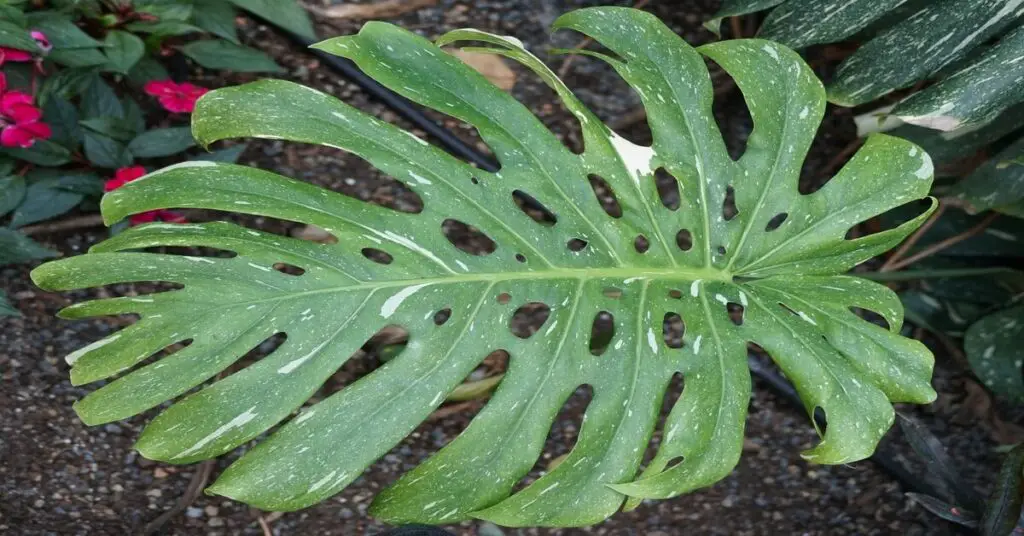If you are new to collecting houseplants you may have come across the word fenestration. If you are wondering, what is fenestration in plants, we can help. Houseplants with fenestration are plants with holes or splits along or in their foliage.
Perforations or splits are often on plants of the monstera variety. The fenestrations are natural and are a part of the plants’ growing process. Another name for fenestrated leaves is split leaves or perforated leaves.
Seven Popular House Plants with Fenestration
Houseplants with fenestration or holes add a unique touch to any houseplant collection. And many plants feature the desirable effect.
If you’re interested in adding plants with fenestrated leaves to your collection, consider the seven found below. Whether you like the perforated or split-style fenestration, there is a houseplant for you.
- Monstera deliciosa
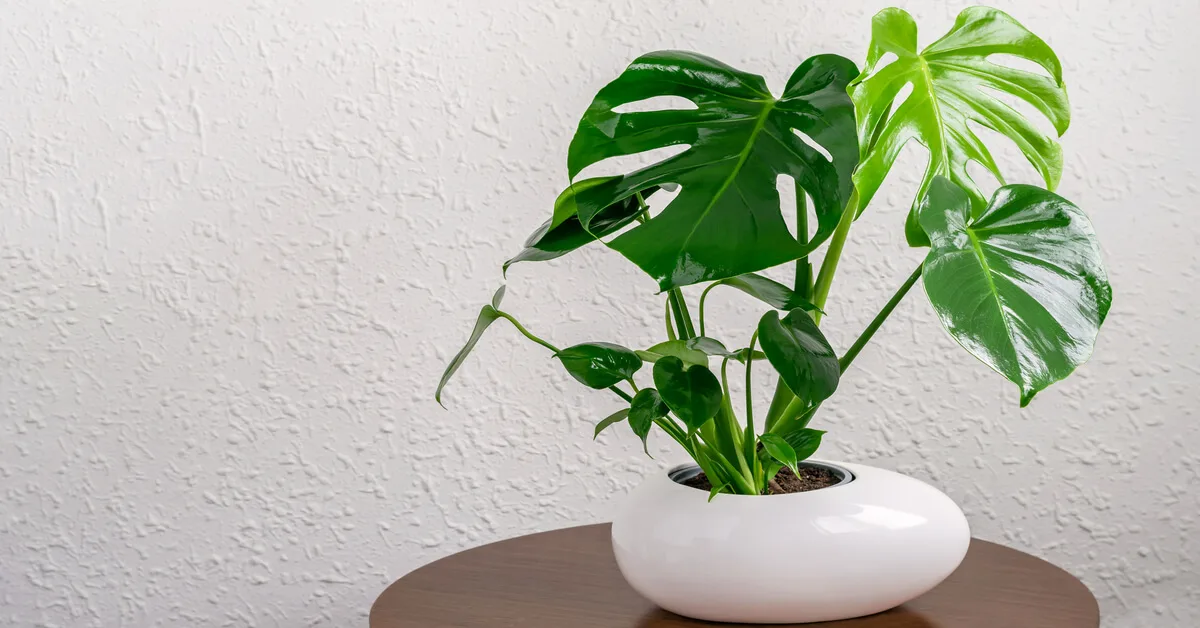
Monstera deliciosa, commonly known as the swiss cheese plant or split-leaf philodendron, is an evergreen plant. It has split-style fenestrated leaves, and it’s a flowering plant. The plant is from the tropical forests of southern Mexico. It can grow from 10ft to 15ft or 3.48m to 4.72m and flourishes in a warm and moist environment.
- Monstera thai constellation
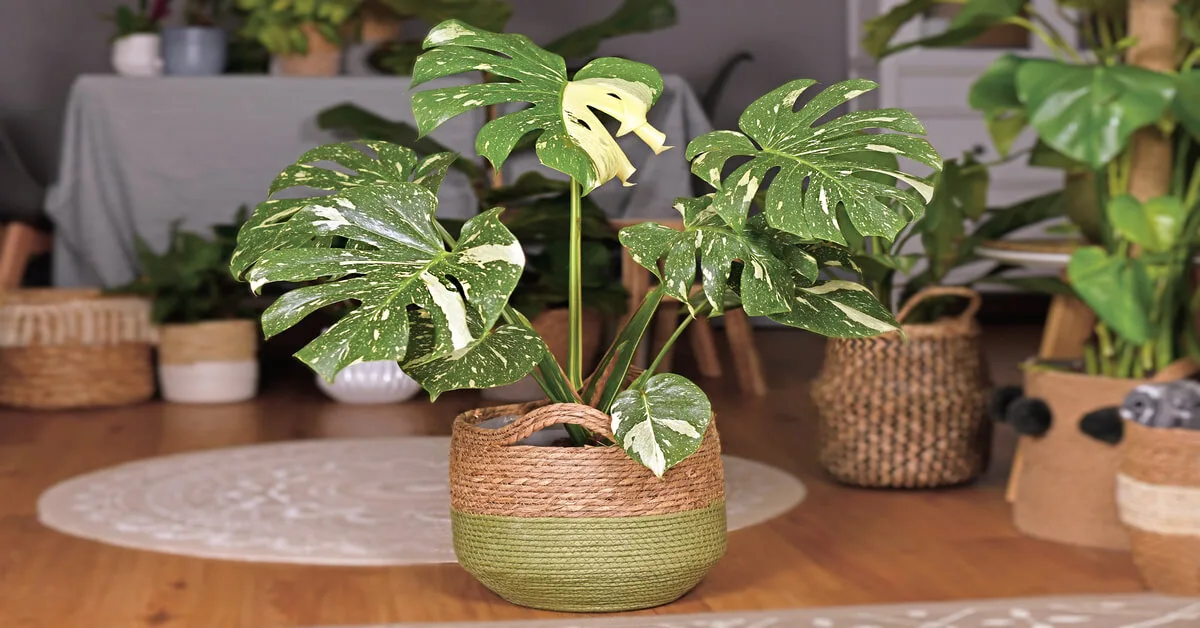
Monstera thai constellation is a house plant from the Araceae family and Monstera genus. A unique fact about this plant is that it is actually a lab creation from Thailand. The Thai constellation has wide splits along the variegated green and white leaves sides. It grows to 19ft tall or 6m and thrives when kept in tropical-like conditions.
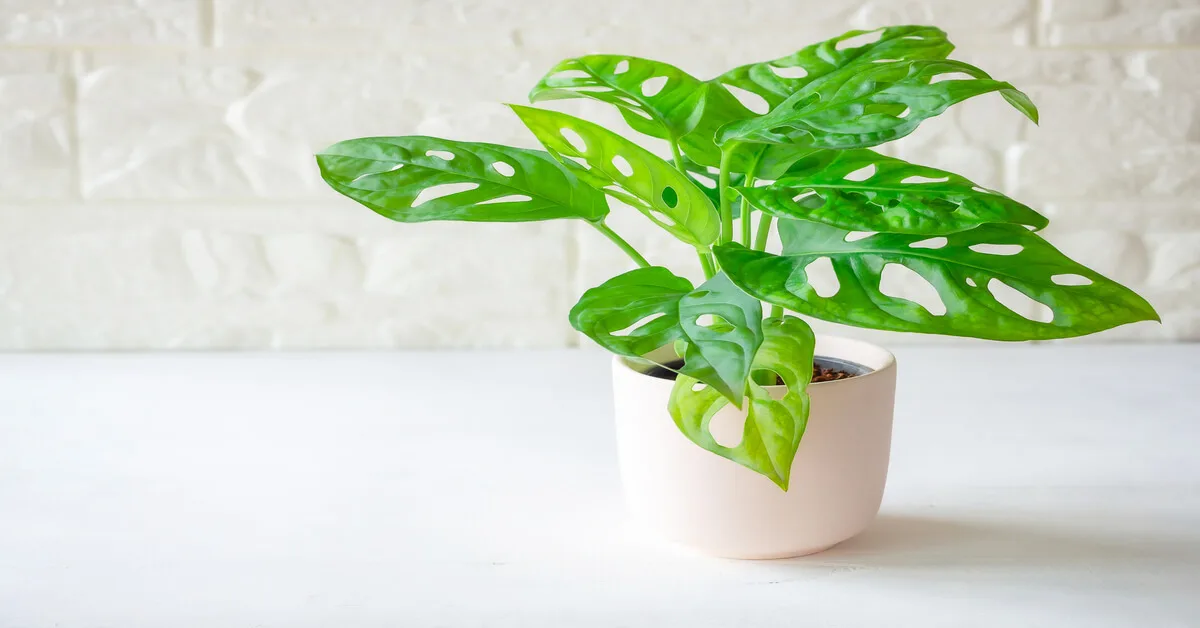
Adanson’s monstera, or Monstera adansonii, is another one of the houseplants with fenestration. It is also a flowering plant from the Araceae family. Adansonii is one of the plants with holes in its foliage and has bright green coloring. It can grow from 6ft to 8ft or 1.88m to 2.43m and does best when kept in a warm climate with moist conditions. Adanson’s monstera is native to Central America.
- Rhaphidophora tetrasperma
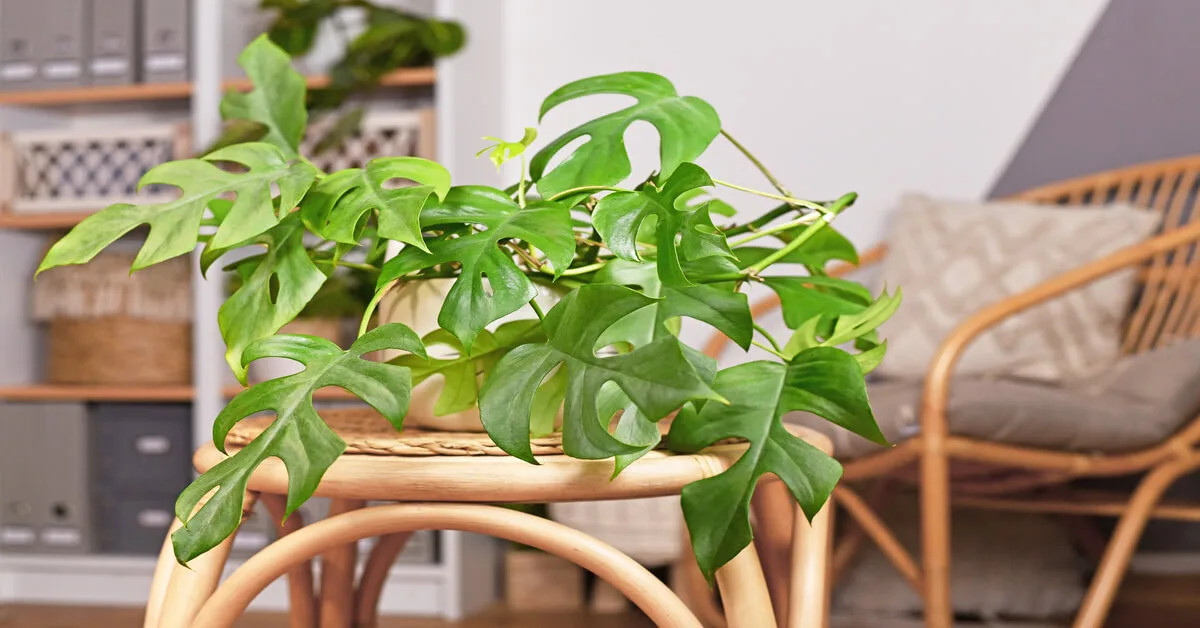
The Rhaphidophora tetrasperma is a plant from the Araceae family. And it’s also known as the mini monstera. It originates from Southern Thailand and Malaysia and enjoys tropical conditions. The fenestration on this plant has a wide split style and has deep green coloring, and it can grow to 12ft or 3.65m tall.
- Monstera obliqua
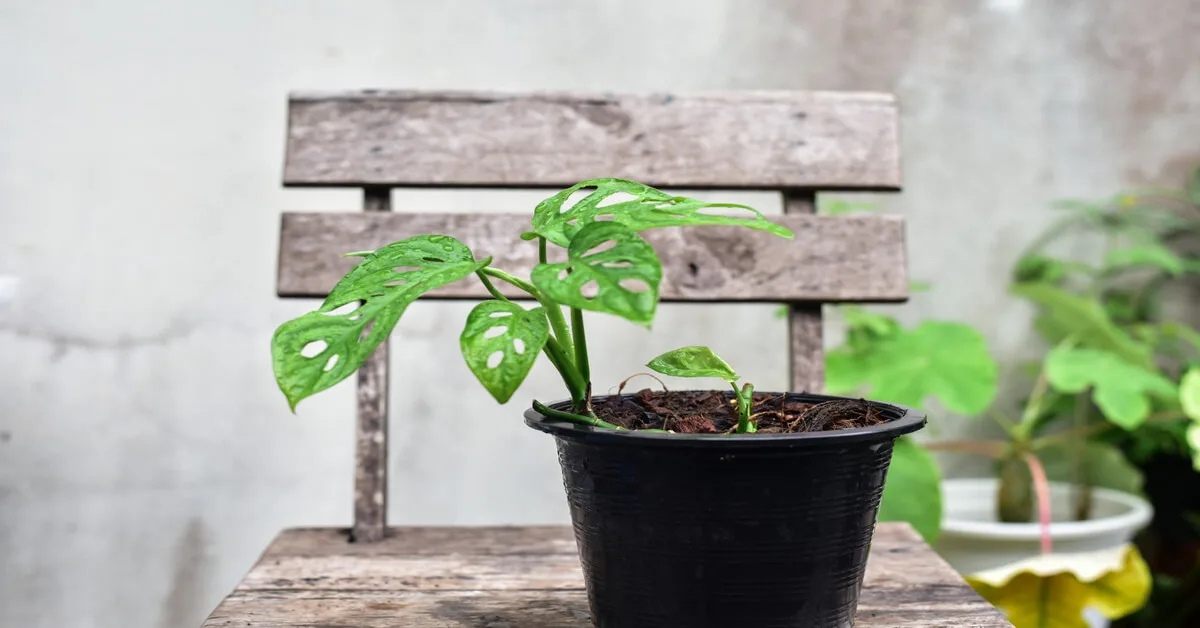
Monstera obliqua is a fenestrated plant from the Araceae family. It also goes by the name Philodendron obliqua. This plant has large holes in its leaves and green coloring; they can grow up to 10ft or 3.48m tall. Some may even say that there are more holes than leaves. The plant comes from Central and South America and grows best in warm and overly humid conditions.
- Monstera esqueleto
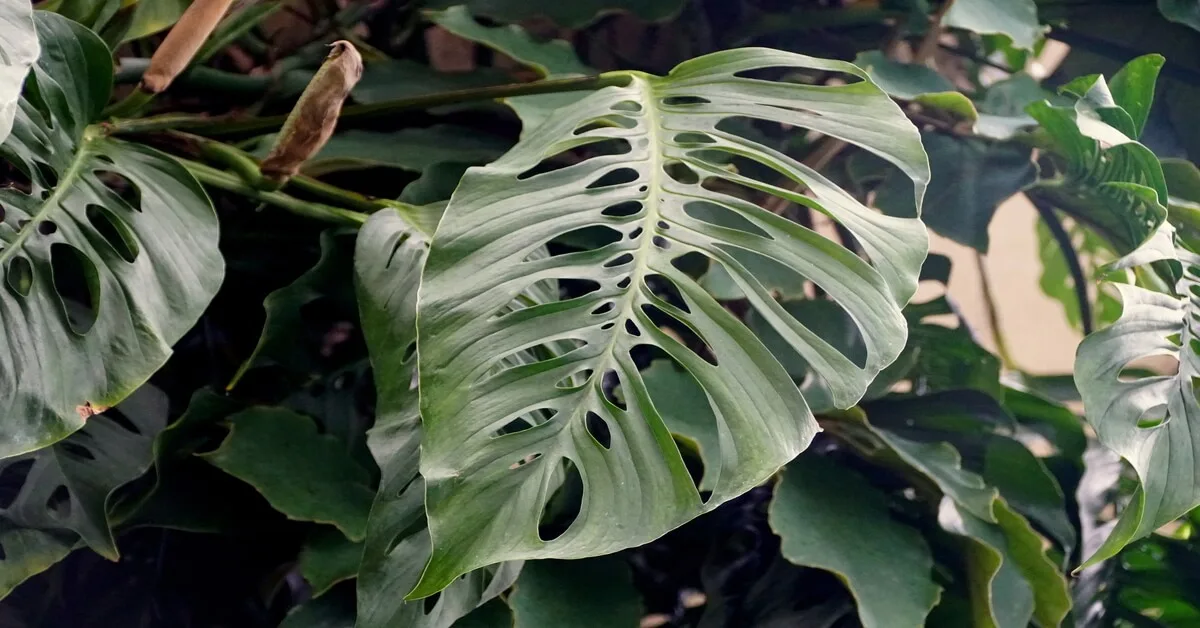
Philodendron epipremnoides, scientifically known as Monstera esqueleto, is a houseplant from the Araceae family. It has large perforated green leaves and grows to 2ft or 60.96cm tall. The plant is native to Costa Rica. And flourishes in tropical temperatures and high humidity.
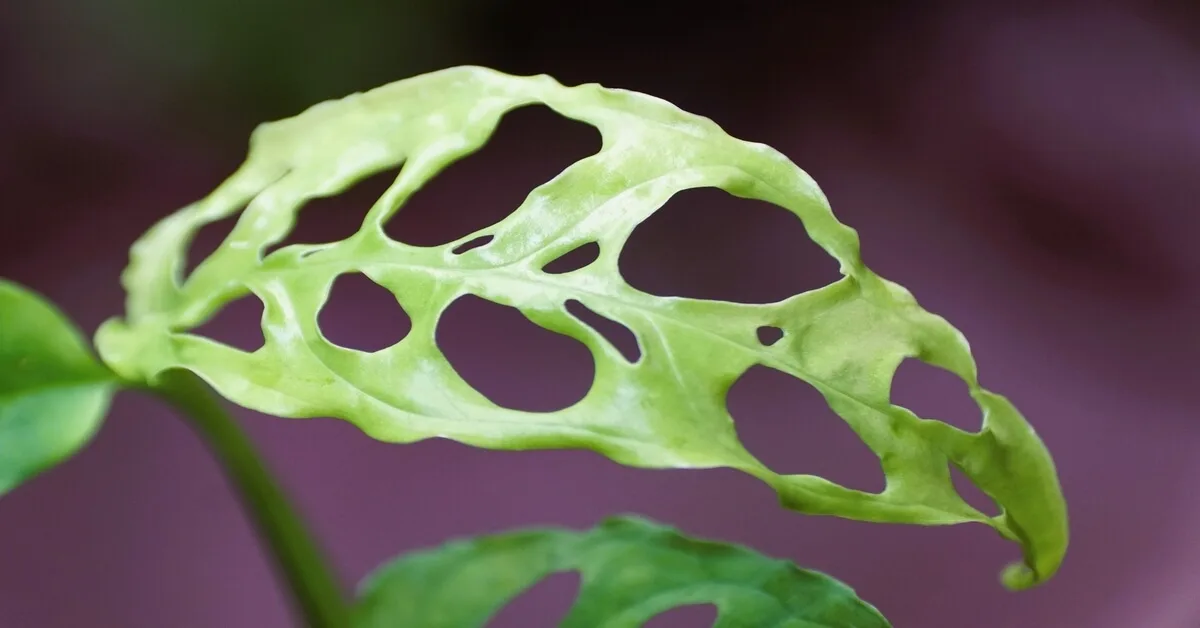
The Monstera obliqua peru is from Peru and is a part of the Araceae family. Like Monstera obliqua, Monstera obliqua peru has green leaves with holes in them that are rather large. There are more holes than leaves in this plant. The plant is smaller than the traditional Monster obliqua. Only reaching a few feet or meters tall. It thrives in warm temperatures and high humidity.
References
[1]Perforate leaf. Wikipedia . (2020, January 22). Retrieved October 11, 2022, from https://en.wikipedia.org/wiki/Perforate_leaf
[2]Coleman, L. (2022, February 4). NYBG. Retrieved October 11, 2022, from https://libanswers.nybg.org/faq/222874

